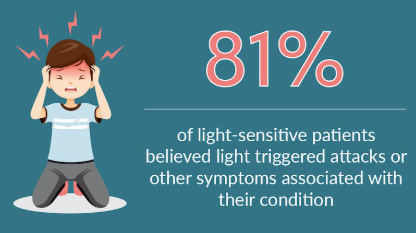Unpacking the Myth That Hurts the Most
There’s one myth about fibromyalgia that stands above the rest in terms of harm: that it’s all in your head. This single, destructive belief has stalled diagnoses, strained relationships, and silenced countless people living with chronic pain.
It didn’t begin with malice. It grew from misunderstanding. Fibromyalgia has no visible wounds, no classic markers in bloodwork or scans. So for years, it was easier to label the pain as psychological—easier for physicians to dismiss, for insurers to deny, and for society to overlook.
But easier doesn’t mean right.
What Fibromyalgia Really Is
Fibromyalgia is a disorder of the central nervous system. It affects how the brain and spinal cord process pain signals, amplifying them beyond what’s typical. A light touch might feel like a bruise. A normal workday might leave someone bedridden.
This isn’t imagined pain. It’s real pain, misinterpreted by a malfunctioning system. And it affects far more than just physical sensations—it clouds memory, zaps energy, and turns daily living into a battlefield.
Pain Without Proof: Why It’s Still Real
In medicine, we’re taught to believe what we can measure. But fibromyalgia doesn’t show up on an X-ray or blood test. Its evidence lies in symptoms, patterns, and lived experience. That doesn’t make it fake—it just makes it complex.
Pain doesn’t have to be visible to be valid. It doesn’t need to be measurable to matter.
The Emotional Fallout of Being Dismissed
Being told “it’s all in your head” doesn’t just hurt—it destroys. It leads to shame, silence, and self-doubt. People begin to question their reality. They withdraw from support. They stop advocating for themselves.
For many, the emotional toll of not being believed becomes more painful than the illness itself.
The History of Dismissal in Women’s Health
Fibromyalgia primarily affects women. And for centuries, women’s pain has been doubted, downplayed, and misattributed to hysteria. This isn’t coincidence—it’s systemic.
The myth that fibromyalgia is imaginary is rooted in this long legacy of medical sexism. It’s time to dismantle that.
The Science That Debunks the Myth
Recent studies have turned the tide. Brain scans show altered activity in pain centers. Researchers are identifying genetic markers and neurotransmitter imbalances. Fibromyalgia is finally being recognized—not as a mystery, but as a measurable disorder of the nervous system.
These aren’t theories. They’re data-backed insights from scientists committed to truth, not tradition.
The Difference Between Mental and Imagined Pain
Mental health and physical health are intertwined. But fibromyalgia is not imagined. It’s not attention-seeking. It’s not “just stress.”
Yes, stress can worsen symptoms—just as it does with migraines or IBS. That doesn’t mean the pain is made up. It means the nervous system is fragile and reactive, not fraudulent.
How the Myth Delays Diagnosis and Care
Because of this myth, people with fibromyalgia often wait years—sometimes decades—for a proper diagnosis. They’re passed from specialist to specialist. Told they’re just depressed. Given antidepressants without follow-up. Sent home without answers. This delay leads to worsening symptoms, deeper fatigue, and a loss of trust in medical systems.
For More Information Related to Fibromyalgia Visit below sites:
References:
Fibromyalgia Contact Us Directly
Click here to Contact us Directly on Inbox
Official Fibromyalgia Blogs
Click here to Get the latest Chronic illness Updates
Fibromyalgia Stores

